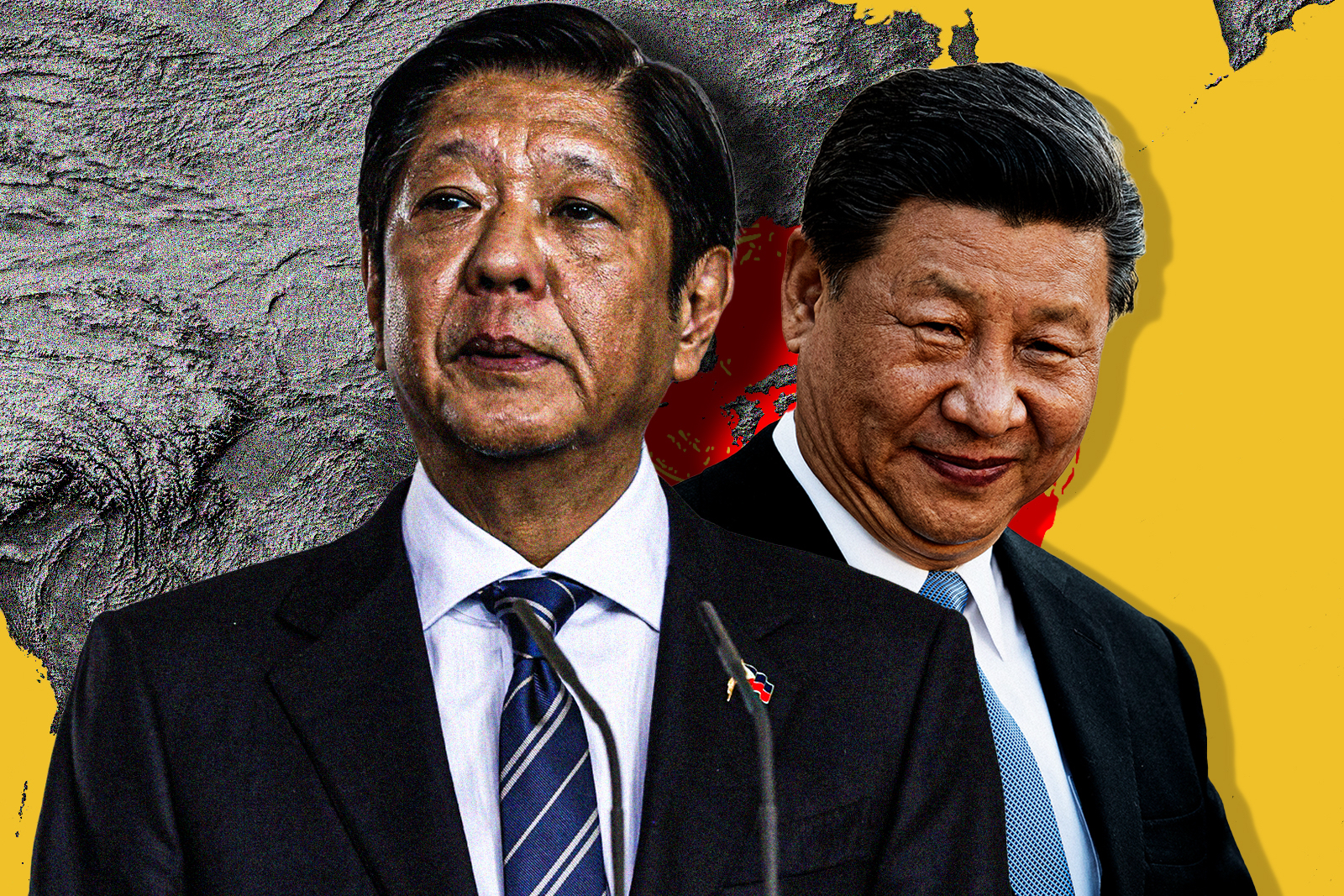
Despite Agreement, Don’t Expect Rosy Relations Between Manila and Beijing
Manila has been grappling with an increasingly challenging situation in the disputed South China Sea, where tensions with Beijing have steadily risen. The frequent confrontations between the two nations recently culminated in de-escalation talks in July, creating a provisional agreement to reduce the risk of further escalations.
This agreement, which focuses on ensuring the safe passage of resupply missions for Philippine marines stationed at the Second Thomas Shoal, has not been fully disclosed to the public, leaving many of its specifics shrouded in uncertainty. Notably, neither side has shown any inclination to compromise on their territorial claims, which raises doubts about the agreement’s capacity to ease the growing regional tensions, especially given China’s increasingly assertive posture.
The backdrop to this conflict is rooted in a 2016 ruling by the UN Convention on the Law of the Sea (UNCLOS), which found that China’s expansive claims and assertive actions in the South China Sea violated international law. The Hague Tribunal ruled in favor of the Philippines on key issues concerning territorial disputes and the principle of freedom of navigation. However, despite this international legal victory, confrontations in the South China Sea have not only persisted but intensified over the years. This escalation was starkly illustrated by the recent standoff at the Second Thomas Shoal, where Filipino Navy officials clashed with Chinese maritime militias, and by the major ship collision in March involving a Philippine supply vessel and a Chinese ship near the disputed Spratly Islands. Under President Xi Jinping’s leadership, the Chinese government has consistently refused to acknowledge or abide by the UNCLOS ruling, further exacerbating tensions.
The increasing frequency and intensity of these clashes underscore the critical need for Manila to adopt a more proactive stance, both militarily and diplomatically, to manage and de-escalate its tensions with Beijing. Moreover, it is imperative that the Philippines, in concert with its fellow members of the Association of Southeast Asian Nations (ASEAN), presents a united and coordinated front in the face of China’s aggressive maneuvers in the region.
Philippine President Ferdinand “Bongbong” Marcos has repeatedly emphasized the necessity of a foreign policy that can effectively deter Chinese aggression while simultaneously reinforcing the Philippines’ strategic alliances with the United States and other Western partners. Central to the Philippines’ national security strategy is the preservation of its territorial integrity, the protection of its citizens, the upholding of international law, and the maintenance of regional security. Marcos Jr. has not hesitated to issue direct and pointed criticisms of China’s actions, as evidenced by his rebuke in May of what he termed China’s “illegal, coercive, and aggressive” conduct in the South China Sea.
Following the recent provisional agreement, a Philippine resupply mission to the Second Thomas Shoal on July 27 proceeded without incident, a rare occurrence given the region’s history of flare-ups. However, tensions resurfaced on August 8, when Chinese and Philippine aircraft engaged in a confrontation over the Scarborough Shoal, further complicating the fragile status quo. The Chinese foreign ministry issued a statement accusing the Philippines of “infringing on China’s sovereignty.” At the same time, Philippine officials swiftly condemned what they described as aggressive actions by China’s air force in what they maintain is international airspace. The long-term viability of this provisional arrangement remains deeply uncertain, with both sides seemingly preparing for further diplomatic and possibly military engagements.
ASEAN has long struggled with internal divisions over how to address the growing threat posed by China, reflecting the bloc’s policy of non-interference and its lack of robust enforcement mechanisms. While ASEAN has been engaged in protracted negotiations with China to formulate a Code of Conduct for the South China Sea since 2002, progress has been slow, and the measures that have been implemented so far have had limited effectiveness. To preserve the vision of a Free, Open, and Stable Indo-Pacific, ASEAN must take decisive action, presenting a more unified stance and bolstering its rhetoric to more forcefully condemn violations of international maritime law.
ASEAN countries should also seek to build stronger coalitions with other regional and global powers, such as Australia, the United States, and Japan, to apply greater diplomatic pressure on China. Countries like the Philippines, which have historically maintained a delicate balance in their relations with both China and the United States, are now adopting a more assertive and decisive approach under President Marcos Jr., increasingly aligning themselves with the United States and other Western allies. In July, the United States announced a substantial $500 million military aid package to the Philippines, aimed at strengthening and modernizing its defense and intelligence capabilities in response to growing concerns over China’s actions. Philippine and U.S. officials have since reaffirmed their commitment to maintaining their “ironclad” alliance, signaling a significant deepening of military and strategic cooperation between the two nations.
Despite the recent provisional agreement, it is unlikely that tensions between the Philippines and China will diminish in any meaningful way. The risks of regional conflict, or even a direct confrontation between the great powers, remain alarmingly high. Consequently, President Marcos Jr. must continue to be proactive, both in the military sphere by strengthening alliances and collaborating on security measures, and in the diplomatic realm by effectively communicating his administration’s positions and seeking further support from ASEAN countries and Western allies to counterbalance China’s growing influence in the region.
